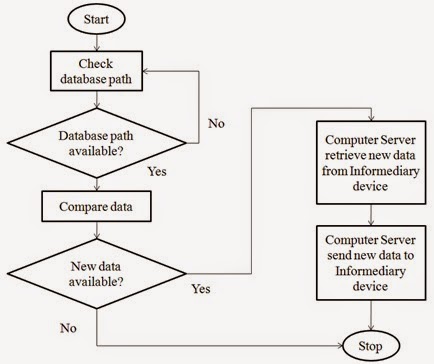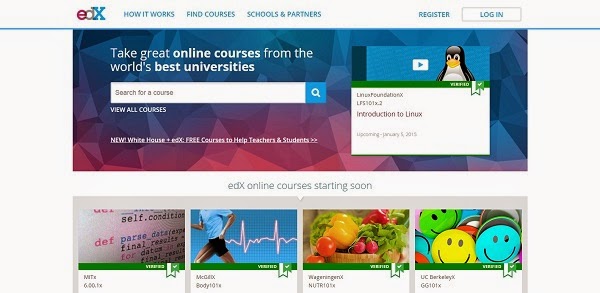There are countless websites out there that are geared to make you more brilliant for free. Here are top websites that makes you smarter.
1. Udemy
Udemy is the world's largest destination for online courses. You can discover a lot of online course on Udemy.com and start learning a new skill today. All of the courses offers a Statement of Accomplishment cerftificate. A great deal to add in your resume.
2. Coursera
Coursera is a not for-profit educational technology company founded by computer science professors Andrew Ng and Daphne Koller from Stanford University that offers massive open online courses.
Some of the courses offer a free Statement of Accomplishment certificate. Start your courses today and learn new skills.
3. edX
EdX is a not-for-profit joint venture between Harvard University and the Massachusetts Institute of Technology to offer online versions of their classes and those of other universities.
EdX offers interactive online classes and MOOCs (massive open online course) from the world’s best universities, colleges and organizations. Online courses from MITx, HarvardX, BerkeleyX, UTx and many other universities. Topics include biology, business, chemistry, computer science, economics, finance, electronics, engineering, pabulum and alimentation, history, humanities, law, literature, math, medicine, music, philosophy, physics, science, statistics and more.
EdX was engendered for students and institutions that seek to transform themselves through cutting-edge technologies, innovative pedagogy, and rigorous courses.
Through our institutional partners, the xConsortium, along with other leading ecumenical members, we present the best of higher inculcation online, offering opportunity to anyone who wants to achieve, thrive, and grow. You also can grab a free Statement of Accomplishment certificate upon completion of the courses.
4. Stanford Online
Stanford Online offers a variety of professional education opportunities in conjunction with many of the University’s schools and departments. We also offer an array of free online courses taught by Stanford faculty to lifelong learners worldwide.
A lot of the courses offered is self paced mode. It is great deal if you are busy person that cannot keep up with a deadline. You can complete it at any time. Yes, you also given a free Statement of Accomplishment certificate upon completion of the courses. Start learning today.
5. Canvas
Canvas Network offers open, online courses taught by educators everywhere. It provides a place and platform where teachers, students, and institutions worldwide can connect and chart their own course for personal growth, professional development, and academic inquiry. Canvas Network is developed and supported by Instructure, a technology company that partners with educators, institutions, and technologists to break down barriers to learning. They also given free Statement of Completion certificate upon completion of the courses.
6. MIT OpenCourseWare
MIT OpenCourseWare (MIT OCW) is an initiative of the Massachusetts Institute of Technology (MIT) to put all of the educational materials from its undergraduate- and graduate-level courses online, partly free and openly available to anyone, anywhere. MIT OpenCourseWare is a large-scale, web-based publication of MIT course materials.
It makes the materials utilized in the edification of virtually all of MIT’s subjects available on the Web, free of charge. With more than 2,200 courses available, OCW is distributing on the promise of open sharing of erudition.
“The idea is simple: to publish all of our course materials online and make them widely available to everyone.” – Dick K.P. Yue, Professor, MIT School of Engineering
Through OCW, educators amend courses and curricula, making their schools more efficacious; students find adscititious resources to avail them prosper; and independent learners enrich their lives and utilize the content to tackle some of our world’s most arduous challenges, including sustainable development, climate change, and cancer eradication.
This MOOCs did not offers any certificate of completion and you can start learning without the need of registration.
7. Code Academy
Codecademy is an inculcation company. But not one in the way you might cerebrate. They’re committed to building the best learning experience inside and out, making Codecademy the best place for our team to learn, edify, and engender the online learning experience of the future.
Edification is old. The current public school system in the US dates back to the 19th century and wasn’t designed to scale the way it has. Lots of companies are working to “disrupt” edification by transmuting the way things work in the classroom and by bringing the classroom online.
This MOOCs also did not give any certificate upon completion of the courses.









